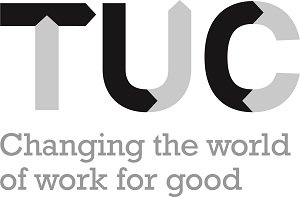New stress toolkit a good starting point for tackling workplace stress
A new Health and Safety Executive toolkit on dealing with workplace stress could prove useful in some workplaces, but employers should not see it as the solution to preventing stress.
The HSE have just published a simple and practical toolkit aimed at helping managers talk to workers about stress and then taking action to prevent it.
This is the kind of simple practical guide that will help managers deal with the kind of problems that are only too common in our workplaces and, hopefully, help prevent it.
The toolkit is intended for use by line-managers. It identifies the six main causes of stress and suggests what kind of questions they could ask of their workers and suggests some practical things they can do.
It is based on the HSE stress management standards and, if the toolkit is used properly, it could make a big difference in the workplace.
The introduction to the stress toolkit makes it very clear that using it is not the only thing an employer should do to prevent stress. It is just one part and is not a substitute for a proper stress policy, line-manager training and risk assessment.
This is a very important point that can’t be emphasised enough and before using the toolkit, any employer should look at implementing the stress management standards. If they do that then they may find that the toolkit is a way of helping managers manage stress on a day to day basis.
My biggest reservation about the toolkit is that preventing stress is something best done collectively across the organisation, not just individually, and that in many workplaces the line manager has no power to make the kind of changes the toolkit suggests.
That is why it must be a part of a bigger employer-wide initiative to tackle stress. And, of course, many stressed workers will not want to talk to their line manager about a stress issue – especially if they see their manager as the problem, so it should only be something that is on offer, not a requirement.
All employees should also have the option of going to human resources with a union representative if they prefer.
Despite these concerns, there is no doubt that starting a conversation between a worker and their manager can be an important first step that can begin the process of changing the work environment and making it a safer, healthier place.
Managers have to make sure that they are not just using it to talk to people they know have a problem as the toolkit can, and should, be used for everyone.
Given that work-related stress in now responsible for over half of all working days lost to ill-health the need for simple practical resources that will make a difference has never been greater and this toolkit could be a good starting point in many workplaces.
However, until the HSE and local authorities start taking enforcement action against employers who do not take action to reduce stress, the effect of any guidance will be limited.
Stay Updated
Want to hear about our latest news and blogs?
Sign up now to get it straight to your inbox
